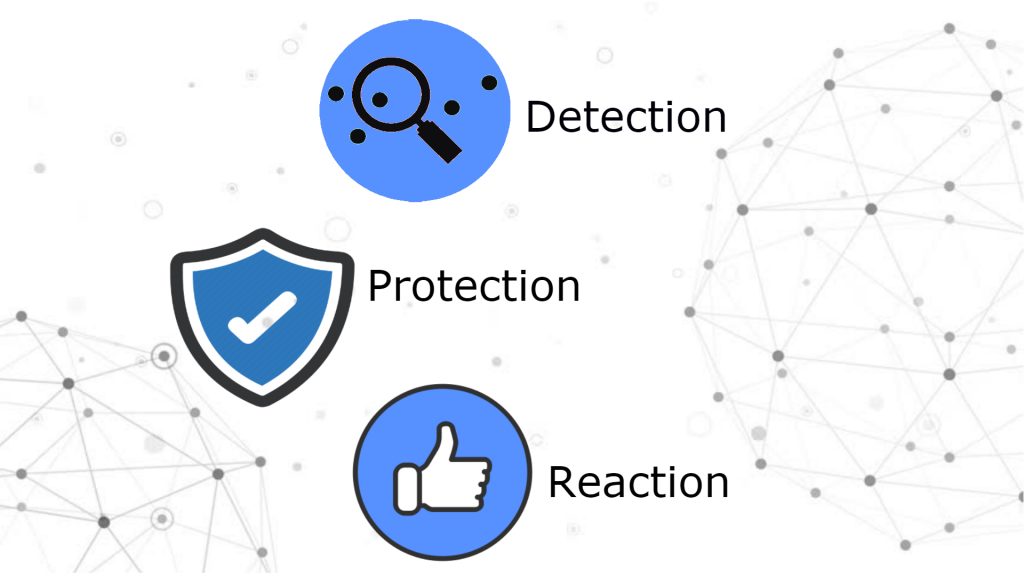A new Zoom update is coming which allows you to add a password to calls and to enter all participants in a waiting room
After several weeks of controversy due to the many security flaws of his video conferencing app, Zoom last week updated its platform by introducing innovations aimed at making it more difficult to ” attack ” a video call from others. In other words: do Zoombombing .
We refer to that practice implemented by jammers (at best) who enter public meetings to pronounce vulgarity, incite violence or offend other participants. Or, even, appearing naked or projecting pornographic material. All this was possible because the meeting ID was reported in the main Zoom window and anyone who made and shared a screenshot of the meeting on social networks gave everyone the opportunity to enter and do what they wanted. Since last week, however, users can disable the use of ID (called personal meeting ID, PMI). Now, in a blog post, Zoom also explains how best to protect meetings.
Best practices for using Zoom’s personal meeting ID
The ability to disable a PMI is a great option for organizations looking for more control and security for their Zoom meetings. However, some companies may still need to leave SMEs active to allow other people to join the conversation. Zoom recommends, however, to enable the “waiting room” (you enter only after the ok of the meeting admin), to mute the audio to all the participants who have just entered the meeting and to block access to the meeting after that has started and everyone who has to participate is present. You can enable these features by going to Settings> Meetings> Personal meeting room.
Safer zooming from 9 May
In addition to the innovations introduced last week, Zoom is preparing to launch others starting from 9 May. From that date, passwords will be required for all meetings, even those previously scheduled. The waiting room will be activated by default for all meetings. By default only those who launch the meeting will be able to share the screen, others will have to ask for permission. These changes should further reduce the risk of Zoombombing and make video conferences on this platform safer.





